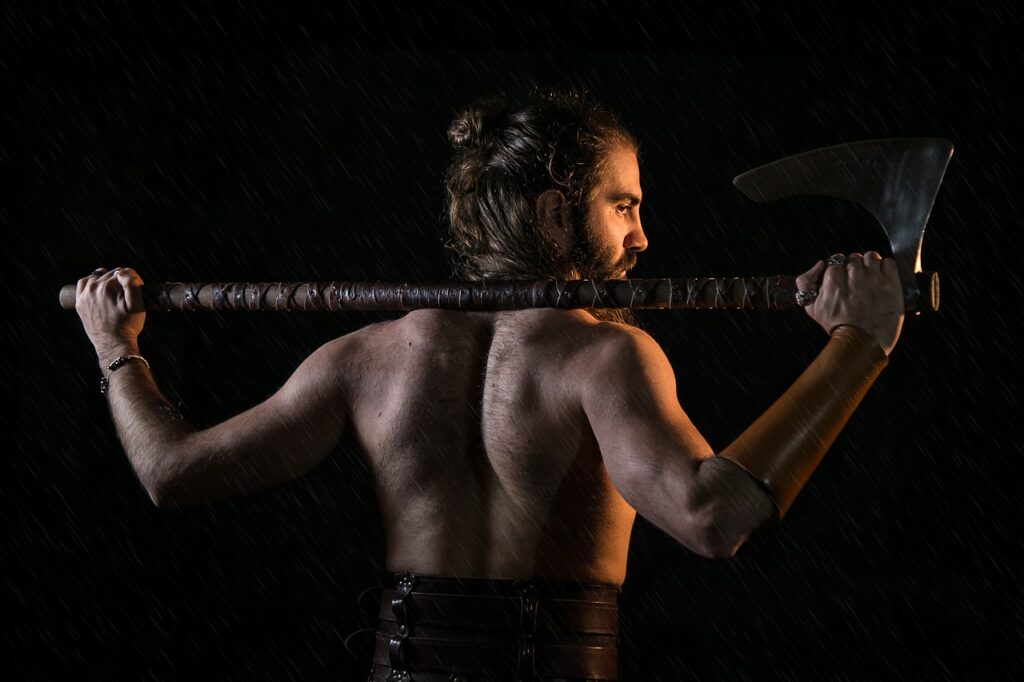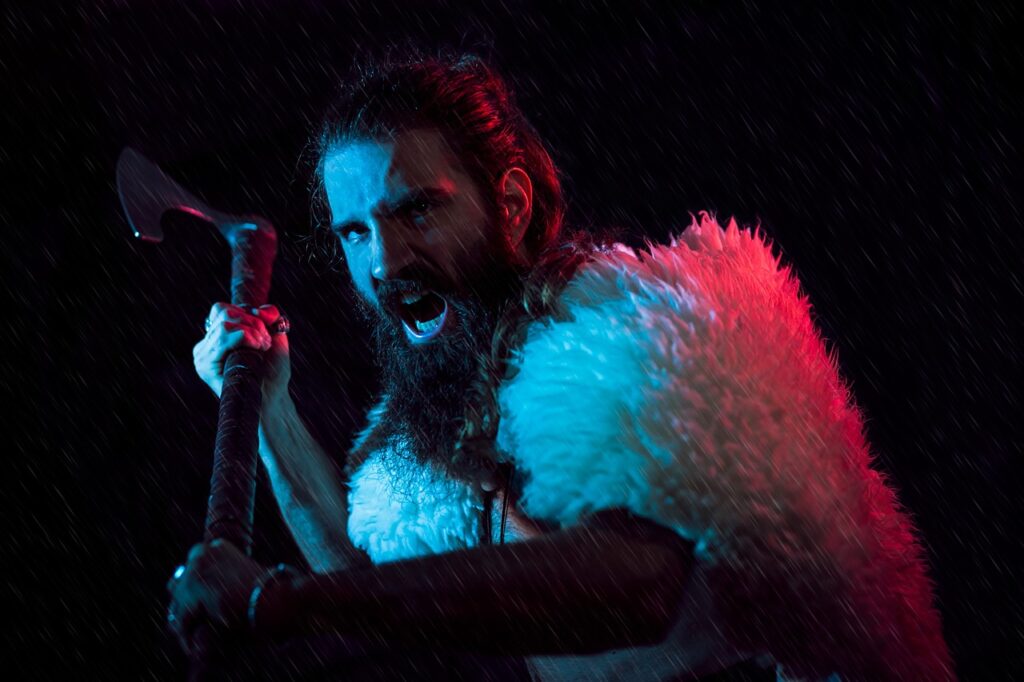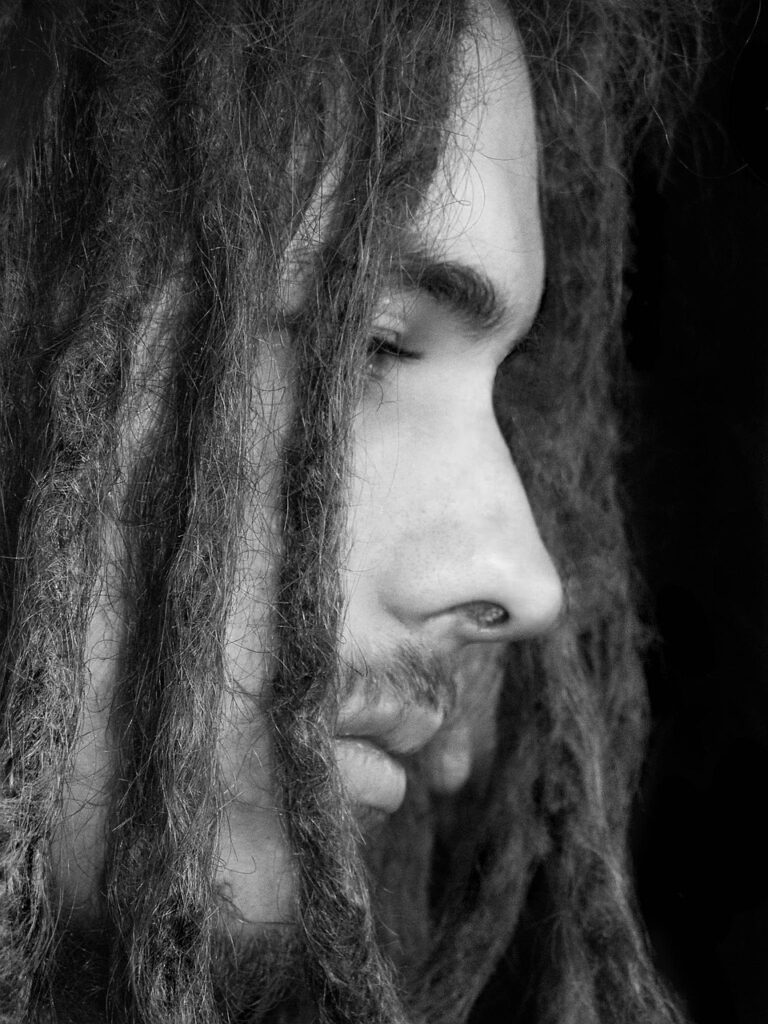“Did Vikings have dreads?” From films to television shows, Vikings have been depicted in various ways, often sporting elaborate hairstyles, including dreads and braids. But how accurate are these portrayals?
The concept of dreadlocks carries cultural significance in many societies around the world. In this article, we will look into the question of whether Vikings, these enigmatic figures from the past, embraced this unique hairstyle.
Did Vikings Have Dreads? | Historical Background

Originating from the Scandinavian region, the Vikings embarked on perilous voyages across vast oceans, navigating their iconic longships to conduct raids, trade, and establish settlements in distant lands. Their maritime skills allowed them to leave an indelible mark on regions as far-reaching as Europe, Asia, and North America.
In Viking society, appearance held significant importance, as it conveyed information about social status, personal identity, and cultural affiliation. While historical records provide valuable insights into their customs, laws, and military prowess, information about specific hairstyles can be scarce. Nevertheless, archaeological discoveries, such as artifacts, grave sites, and texts, shed some light on the grooming practices of the Vikings.
The Vikings took great pride in their appearance, and their hairstyles often reflected their social and cultural affiliations. Actually, braids were a common sight among both men and women, with intricate and elaborate braiding patterns adorning their hair. Still, these braids were not merely decorative. In fact, they also served practical purposes, keeping the hair neat and manageable during their demanding lives at sea. This way, the possibility to uncover further clues about Viking grooming practices and the potential existence of dreadlocks, remains.
The Concept of Dreads
Dreadlocks, refer to a hairstyle characterized by intentionally matting and locking the hair, resulting in thick, rope-like strands. The origins of dreadlocks can be traced back to various cultures across the globe. Different societies have embraced this hairstyle throughout history, often associating it with spiritual, religious, or cultural practices. From ancient Egypt to India, Ethiopia to Indigenous cultures in the Americas, dreadlocks have held diverse meanings and symbolisms.
In many cultures, dreadlocks are viewed as a representation of strength, spirituality, and identity. They can signify a connection to one’s roots, cultural heritage, or a way of expressing personal beliefs. Furthermore, dreadlocks can serve as a form of resistance against societal norms or act as a visual marker of group affiliation.
Connections to Viking Culture
Vikings were renowned explorers and traders who encountered diverse cultures during their voyages. Consequently, these encounters could have exposed them to different grooming practices, including those related to hair locking or matting.
As a matter of fact, Vikings had contact with cultures that embraced dreadlocks. For instance, during their expeditions to regions such as the British Isles, Vikings encountered Celtic and Pictish cultures, where historical accounts suggest the existence of dreadlocks among certain individuals.
While these connections provide intriguing possibilities, it is important to approach the topic with caution and rely on available historical evidence. The scarcity of preserved Viking hair makes it challenging to draw definitive conclusions regarding the presence of dreadlocks among Vikings. Ongoing research and analysis of archaeological remains may shed further light on this intriguing aspect of Viking grooming practices.
Popular Nordic Hairstyles of the Viking Era

While the answer to the question “Did Vikings have dreads?” remains uncertain, there were other hairstyles that Vikings did wear. As it turns out , Vikings embraced a range of distinctive hairstyles, each carrying its own symbolism and practical considerations.
- Braids: Braided hairstyles were prevalent among both Viking men and women. As a matter of fact, intricate and elaborate braids adorned their hair, showcasing craftsmanship and personal style. Vikings utilized various braiding techniques, including simple plaits, intricate interweaving, and even elaborate braided hairstyles with beads or metal accents.
- Shaved Heads: Vikings would shave their heads, particularly in times of mourning or as a symbolic gesture. Frequently, Shaved heads represented mourning for the loss of a loved one or indicating a fresh start. Shaved heads also offered practical advantages, as shorter hair was easier to maintain during long voyages and battles.
- Topknots and Ponytails: Vikings often styled their hair into topknots or ponytails. These hairstyles involved gathering the hair into a high or mid-level knot or securing it at the back of the head with a band or cord. Topknots and ponytails provided a practical solution for keeping the hair out of the face and maintaining tidiness during daily activities and combat.
- Unkempt and Natural: Understandably, Vikings engaged in prolonged expeditions, may have embraced a more unkempt or natural appearance for practical reasons. This could involve allowing the hair to grow freely without extensive styling or grooming, which would have been more manageable during their seafaring lifestyle.
Did Vikings Have Dreads? | Conclusion
Ultimately, the presence of dreadlocks among Vikings lacks conclusive evidence. While Vikings encountered cultures that embraced dreadlocks, the historical records and archaeological findings specific to Vikings and dreadlocks are limited. The scarcity of preserved Viking hair poses a challenge in determining the extent to which dreadlocks were part of their grooming traditions.
It is important to approach popular culture depictions of Vikings, including those featuring dreads, with caution. As it happens, filmmakers and creators often prioritize visual impact and storytelling over strict historical accuracy, contributing to misconceptions and the blending of fact and fiction.
All in all, the question “Did Vikings have dreads?” invites us to continue our curiosity, delve into historical research, and engage in ongoing discussions about this enigmatic civilization. Vikings continue to captivate our imagination, leaving us with a desire to uncover the truths hidden within the depths of their storied past.
